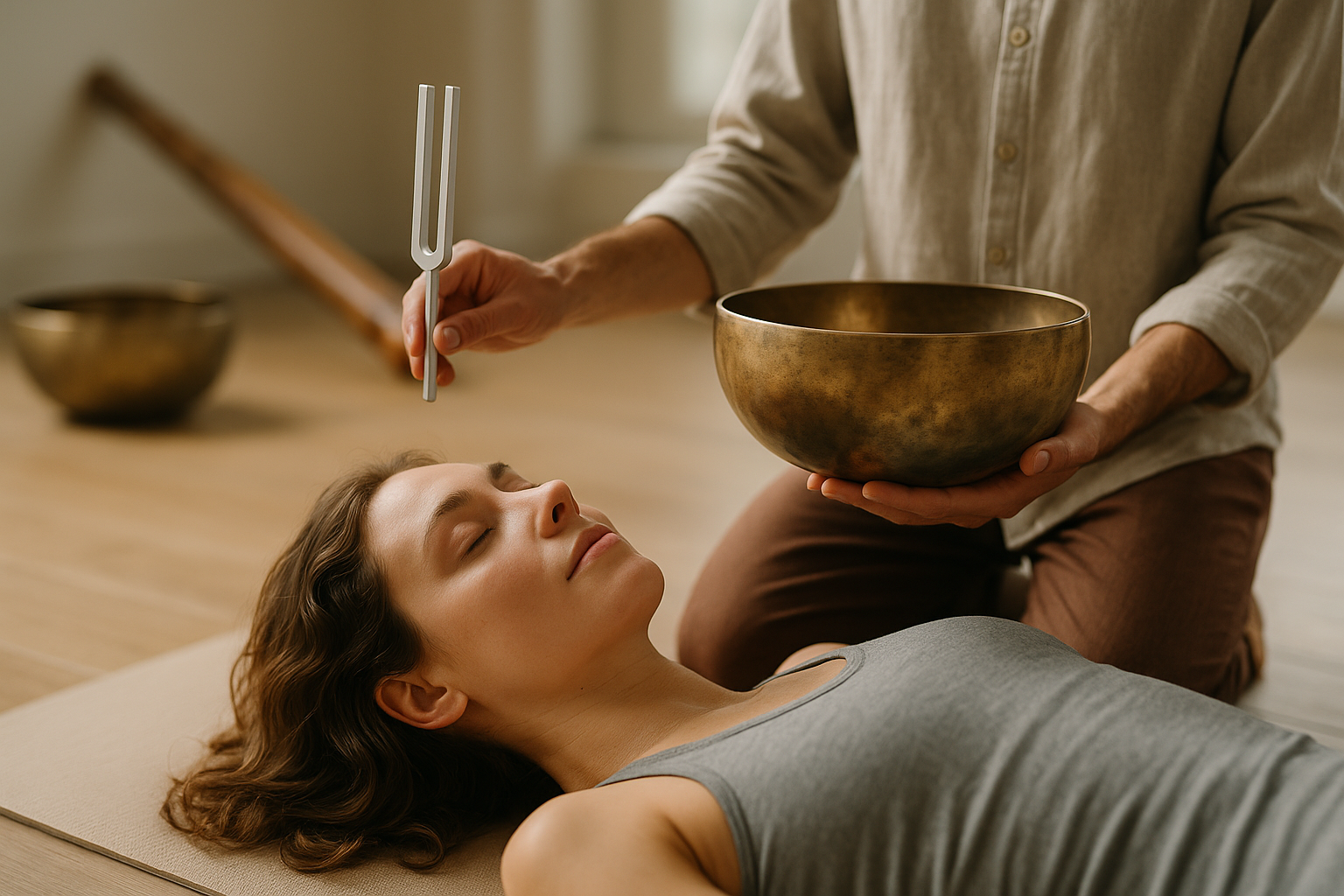Comprehensive body care techniques for vitality
Body care techniques offer a pathway to enhanced physical and mental well-being, contributing significantly to overall vitality. Through various methods, individuals can address muscle tension, promote circulation, and foster a deeper sense of relaxation. Understanding the diverse approaches available allows for informed choices in personal wellness routines, aiming to support both immediate comfort and long-term health maintenance. These practices are integral to a holistic view of self-care, acknowledging the interconnectedness of the body's systems.

Understanding Full Body Massage
Full body massage encompasses a range of techniques applied to major muscle groups across the entire body, from head to toe. This comprehensive approach aims to address widespread muscle tension, improve circulation, and promote a general sense of physical ease. Various styles exist, including Swedish, deep tissue, and hot stone massage, each employing distinct pressures and movements. Swedish massage, for instance, often uses long, gliding strokes, kneading, and circular movements, ideal for general relaxation. Deep tissue massage, on the other hand, targets deeper layers of muscle and connective tissue, often beneficial for chronic pain or muscle knots. The overall goal is to release physical constraints and encourage the body’s natural healing processes.
Regular full body massage sessions can offer numerous benefits beyond simple relaxation. They can help alleviate muscle soreness, reduce stiffness, and improve flexibility. By stimulating blood flow, these treatments can also assist in delivering oxygen and nutrients to tissues while aiding in the removal of metabolic waste products. Furthermore, the tactile stimulation involved can have a profound effect on the nervous system, contributing to a feeling of calm and balance throughout the body. Individuals seeking a holistic physical recharge often find this comprehensive approach particularly effective.
Massage as a Stress Relief Treatment
Stress is a pervasive element in modern life, and finding effective ways to manage its impact is crucial for well-being. Massage stands out as a widely recognized and utilized stress relief treatment. The physical act of massage can trigger the release of endorphins, which are natural mood elevators, and reduce levels of stress hormones like cortisol and adrenaline. This biochemical response contributes to a significant reduction in perceived stress and can foster a more tranquil state of mind.
Beyond the biochemical effects, the environment and focused attention during a massage session also play a role in stress reduction. The quiet atmosphere, often accompanied by soothing music and aromas, provides a sanctuary from daily pressures. The dedicated time away from distractions allows the mind to unwind, complementing the physical release of tension. Many individuals report improved sleep quality and a greater sense of mental clarity following a massage, underscoring its efficacy as a strategy for managing chronic stress and promoting mental resilience.
Exploring Relaxation Therapy Techniques
Relaxation therapy encompasses a variety of practices designed to calm the mind and body, and massage is a prominent component within this broader category. Techniques often employed focus on reducing muscle tension, slowing heart rate, and promoting deep, rhythmic breathing. Beyond the physical manipulation of tissues, the intentional creation of a serene environment and the therapist’s skilled touch contribute to a profound state of restfulness. This deliberate engagement in relaxation can help mitigate the physiological effects of anxiety and overstimulation.
Other relaxation methods, such as aromatherapy, hydrotherapy, and mindfulness practices, can often be integrated with massage to enhance its effects. Aromatherapy, using essential oils, can further calm the nervous system, while hydrotherapy, involving water-based treatments, can soothe sore muscles. Mindfulness, or focusing on the present moment, can help individuals fully immerse themselves in the experience, maximizing the therapeutic benefits. The combination of these techniques aims to provide a comprehensive approach to achieving a deeper and more sustained state of relaxation, fostering overall mental and physical equilibrium.
Massage and other body care techniques are widely available through various providers across the United States of America. These include independent massage therapists, spas, wellness centers, and some chiropractic or physical therapy clinics. When seeking a provider, individuals typically consider factors such as the therapist’s specialization, the range of services offered, and client reviews. Many establishments offer introductory packages or loyalty programs, and it is advisable to inquire about specific qualifications and experience.
| Provider Name | Services Offered | Key Features/Benefits |
|---|---|---|
| Elements Massage | Swedish, Deep Tissue, Hot Stone, Prenatal | Personalized therapeutic massage, flexible membership options |
| Massage Envy | Swedish, Deep Tissue, Sports, Hot Stone | National network of clinics, membership-based wellness programs |
| Hand & Stone Massage and Facial Spa | Swedish, Deep Tissue, Himalayan Salt Stone, Trigger Point | Spa environment, offers both massage and facial services |
| Local Independent Therapists | Varies by therapist, often specialized | Tailored sessions, direct client-therapist relationship, flexible scheduling |
Integrating Body Care into Wellness Routines
Incorporating regular body care techniques, such as various forms of massage, into a personal wellness routine can yield lasting benefits for vitality. Consistency is often key to experiencing the cumulative effects of these practices. Rather than viewing them as occasional indulgences, integrating them as a scheduled component of self-care can help maintain muscle health, manage stress levels, and support mental clarity on an ongoing basis. This proactive approach to well-being can contribute to a better quality of life and enhanced physical function in the long term.
Many individuals find that combining body care with other healthy habits, such as regular exercise, balanced nutrition, and adequate sleep, creates a synergistic effect. For example, a full body massage can aid muscle recovery after physical activity, while stress relief treatment can improve sleep patterns. By adopting a holistic perspective that values both active and passive forms of self-care, individuals can build a robust foundation for sustained vitality and overall health. The goal is to create a sustainable lifestyle that supports both physical comfort and mental peace.
Body care techniques offer valuable avenues for enhancing vitality and overall well-being. From the comprehensive benefits of a full body massage to its specific role as a stress relief treatment and broader application in relaxation therapy, these practices contribute significantly to physical comfort and mental calm. Understanding the various approaches available allows individuals to make informed choices that align with their personal health goals, fostering a more balanced and resilient lifestyle.




